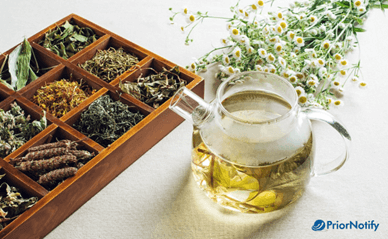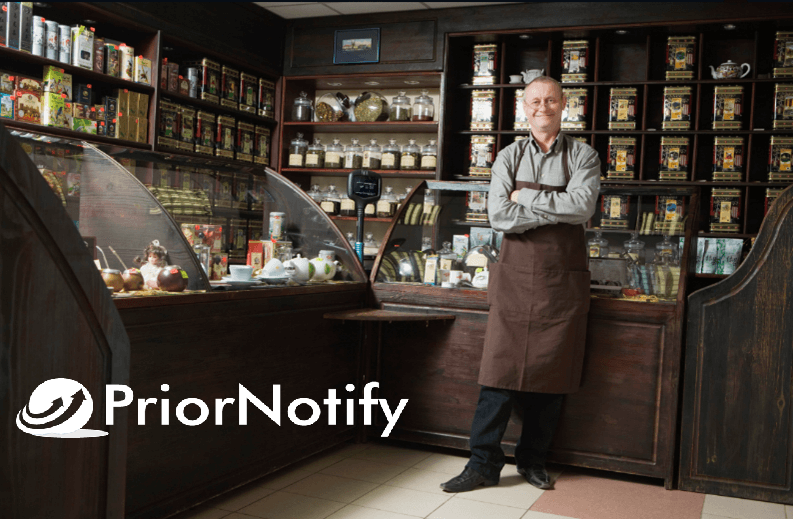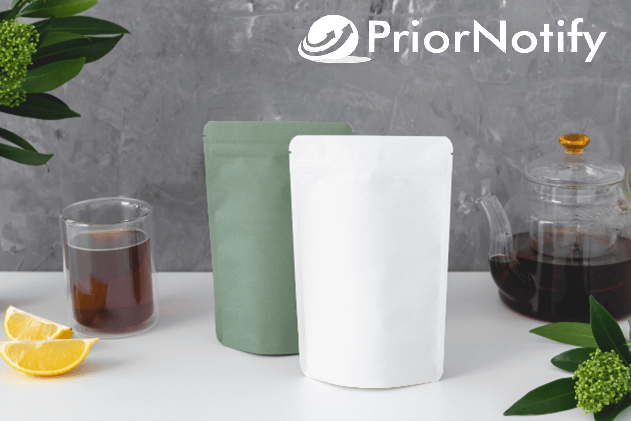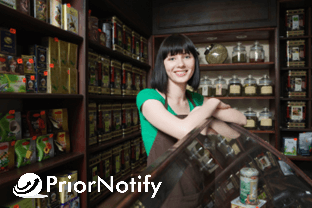Selling and Shipping Tea to American Consumers:
What You Need to Know
Knowing the American market and the import rules and processes is crucial if you’re an international tea producer or vendor looking to provide American consumers with your teas.
In the United States, tea has become increasingly popular as more people discover its many tastes and advantages. Americans have incorporated tea into their daily drinking habits, from the traditional iced tea sipped on a hot summer day to the cozy warmth of a steaming cup of Earl Grey on a winter morning. In fact, due to this wide consumption, the United States is the second largest importer of tea in the world.
Over 240 million pounds of tea were imported into the United States in 2021. In that same year, Americans consumed 3.9 billion gallons of tea!
While most tea consumed in the United States is black or green teas, Oolong and white teas are gaining in popularity.
In the United States, these social and cultural motivations to drink tea add another level of allure to the beverage itself.
Tea has evolved into more than simply a beverage; it’s a cultural experience that enthralls tea lovers around the globe and across the U.S., whether it’s a classic English afternoon tea experience or a casual conversation over a cup of chai latte.
Originally a mainstay of British culture, tea parties have made their way into American society. People organize get-togethers to sample a range of teas along with both savory and sweet snacks. Afternoon teas in formal establishments such as the Plaza Hotel in New York City, The Peninsula Hotel in Chicago, and the Westgate Hotel in San Diego, have also gained popularity.
Furthermore, herbal teas have gained a devoted following in tandem with the growing interest in wellness and natural therapies. Many Americans recognize that tea can provide a caffeine-free option with a wide variety of flavors and possible health advantages.
Tea has become a vital component of wellness regimens, with many Americans choosing green and herbal teas for their purported health benefits.
In general, tea has become an integral part of American culture, providing a delicious and calming respite from the hectic pace of modern life, be it for rest, renewal, or just some quiet reflection.
For Tea Producers and Vendors
Tea producers and vendors wishing to increase their sales and expand their market may find solid success exporting tea products into the United States.
To do so, tea enterprises must effectively understand and entice American consumers with high-quality tea products while being aware of and follow import regulations, including product standards, labeling, import duties, and the import steps.
Product Requirements
There are no specific limitations on importing tea into the United States, making it relatively straightforward to mail tea products into the United States. However, it’s essential to ensure that the tea you’re importing complies with U.S. food safety regulations. This includes meeting standards for cleanliness, purity, and labeling.
Labeling Requirements
All commercial food and beverage imports, including tea, must meet the labeling requirements set by the Food and Drug Administration (FDA). This includes providing accurate and clear information about the product, such as its ingredients, nutritional content, and any allergens present. Please note that the labeling must be in English or include an English translation.
Import Duties
When importing tea into the United States you may be subject to import duties, which are taxes imposed on imported goods. The amount of duty you’ll need to pay depends on various factors, including the type of tea, its country of origin, and its value. It’s essential to familiarize yourself with the current import tariffs to ensure compliance and avoid any unexpected costs. For more information on potential import taxes and fees, visit the official U.S. Customs website.
Importing Process
To commercially send tea into the United States, you’ll need to follow the established import process and procedures, which involve submitting the necessary documentation to U.S Customs and Border Protection (CBP).
This documentation includes a commercial invoice, a bill of lading, and a certificate of origin, among others.
An extremely important step in the process is submitting prior notice. Prior notice must be electronically submitted to and approved by the U.S. FDA for all commercially mailed food and beverage items. The information needed includes, among other information, the item description, packaging, and addresses. To expedite the process and alleviate paperwork hassles, the cost-effective app PriorNotify automates this FDA paperwork with simple and effective integration to e-commerce platforms like Shopify and PrestaShop.
Quality Control
Before sending tea to the United States, it’s crucial to ensure that the products meet the quality standards required by the American government and expected by U.S. consumers. This includes conducting quality control checks to verify the tea’s taste, aroma, and appearance, as well as its compliance with any applicable food safety regulations. For more information, review the FDA website for details.
Commercially exporting tea into the United States can be a rewarding venture for tea producers and vendors looking capture business in the American market.
By understanding import requirements, including product standards, labeling, import duties, prior notices (with the help of PriorNotify), and the overall import process, tea producers and sellers can navigate the process successfully and send high-quality tea products to thirsty American consumers.










